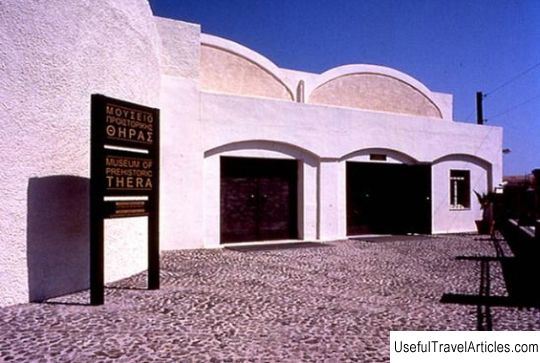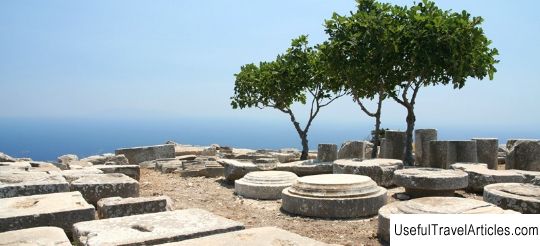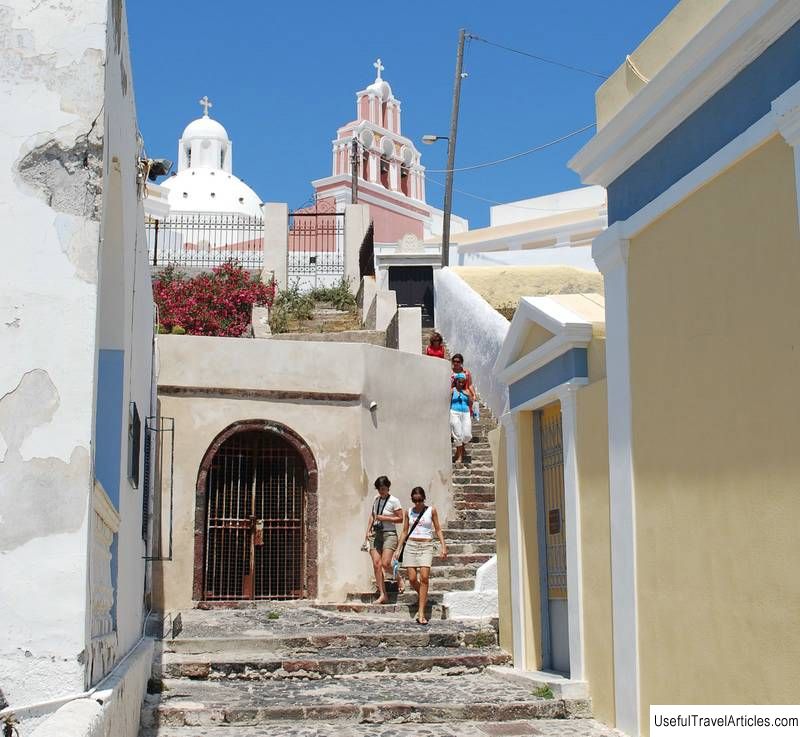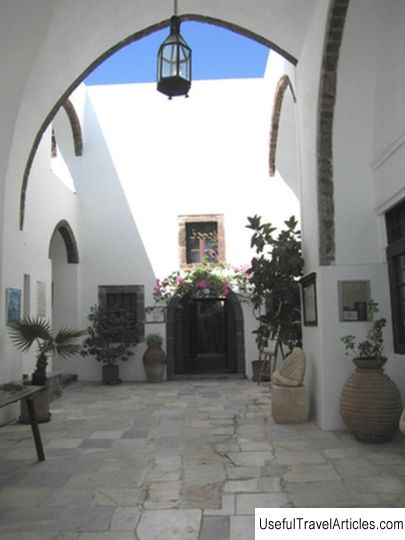Archaeological Museum of Thera description and photos - Greece: Fira (Santorini)
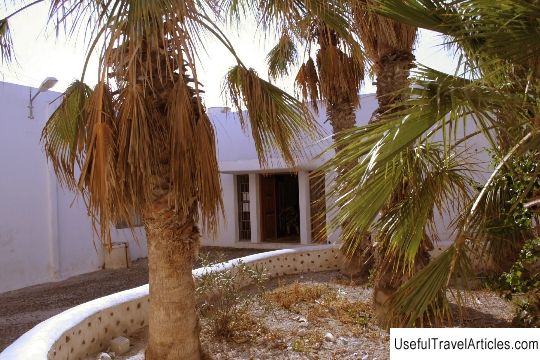
Archaeological Museum of Thera description and photos - Greece: Fira (Santorini Island). Detailed information about the attraction. Description, photographs and a map showing the nearest significant objects. The name in English is Archaeological Museum of Thera. Photo and descriptionThe Archaeological Museum of Fira on Santorini Island (Thira) was founded in 1902 and is one of the most interesting museums on the island. The building in which the museum located today, it was built in 1960, as the structure in which the exposition was previously located was very badly damaged by the 1956 earthquake. The collection of the Archaeological Museum is very extensive and varied. The exhibits presented in the museum were mainly found during the archaeological excavations of Ancient Tyra and Akrotiri. The collection of the museum covers a huge historical period, from prehistoric times to the end of the Roman era. True, the museum's collection also contains a number of exhibits dating back to the Byzantine period. The exposition includes: a collection of vases with red-figure and black-figure vase painting, ceramics in a geometric style, sculptures, figurines, inscriptions, funerary artifacts, frescoes and much more. Among the main artifacts of the museum, it is worth highlighting a vessel with geometric patterns from the "Firskaya workshop", found during the excavation of an archaic cemetery in Ancient Tire. This work of art dates from the 7th century BC. and is an excellent example of the art of local craftsmen. Also of particular interest is a huge vase with embossed decorations in the form of a swan and chariots drawn by winged horses (675 BC). A separate place in the museum's exposition is occupied by parts of the marble kouros (upper part and torso), dating back to the end of the 7th century BC, found in the cemetery of Ancient Tyra. Presumably, these statues reached a height of 2 m and, probably, were used as funerary relics. An important place is occupied by the painted clay figurine of a woman (late 7th century BC) with her hands raised to her head (this pose is interpreted as "grieving"). The color is perfectly preserved even on the details of the face, which is a very rare occurrence for pottery. The black-figure amphora depicting Athena and Hercules in a chariot and Apollo with Artemis in the background (second half of the 6th century BC) is also a fine work of art. Also in the museum you can see vessels found during excavations in Akrotira, which date back to the 20-17 centuries BC, and a huge stone weighing 480 kg, which, according to legend, the athlete Eumastas lifted with his bare hands, as the inscription on the stone says . The Archaeological Museum of Fira is not big, but nevertheless          We also recommend reading Male description and photos - Italy: Val di Sole Topic: Archaeological Museum of Thera description and photos - Greece: Fira (Santorini). |
